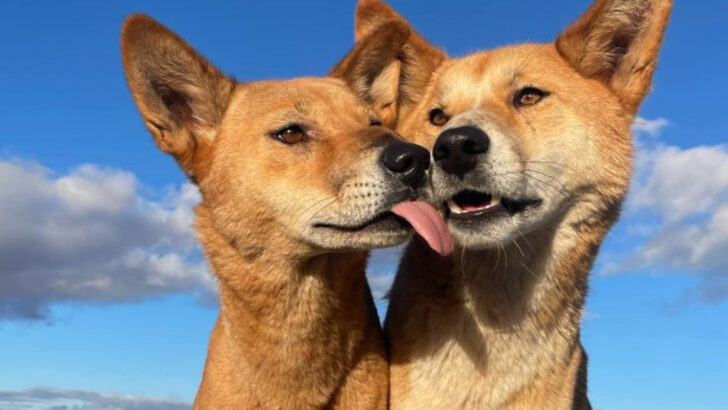They look like dogs. They act like dogs. But are they really dogs? Dingoes have prowled the wild heart of Australia for thousands of years—untamed, elusive, and surrounded by myth.
Some call them pests. Others call them sacred. One thing’s for sure: they don’t fit neatly into any box. They’re not your average mutts.
They don’t fetch tennis balls or beg for belly rubs. Yet their DNA whispers of domestic roots.
So what are they?
Wild wolves in disguise? Feral dogs gone rogue? Or something in between? This post dives into the mystery that is the dingo—part predator, part puzzle, and 100% fascinating.
Adaptations to Survival
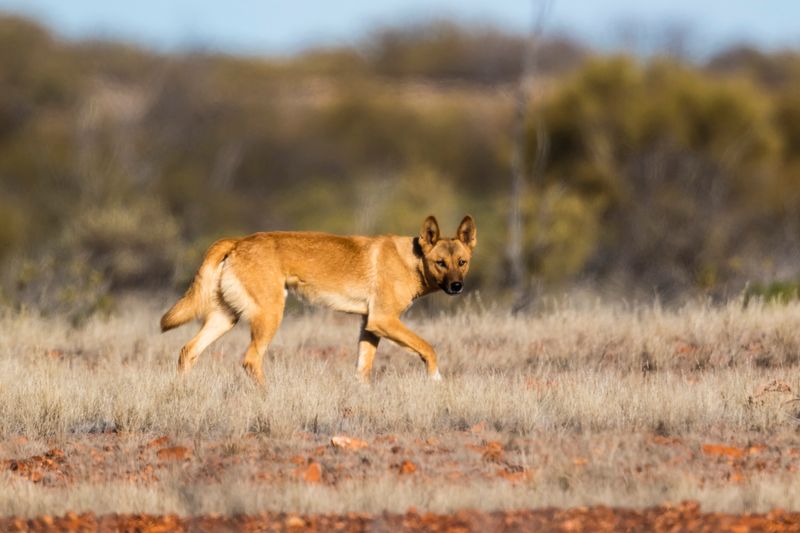
Dingoes have mastered the art of survival in Australia’s harsh environments. Their lean bodies and sharp senses aid in hunting and foraging. A dingo’s diet is diverse, including small mammals, fruits, and insects. Did you know?
Their ability to rotate their wrists helps them climb and grasp prey, setting them apart from domestic dogs.
In the vast expanses of the outback, dingoes thrive with minimal water, relying on moisture from their food. This adaptability ensures their survival in arid regions. These canines have truly become masters of their tough, wild surroundings.
Historical Journey to Australia
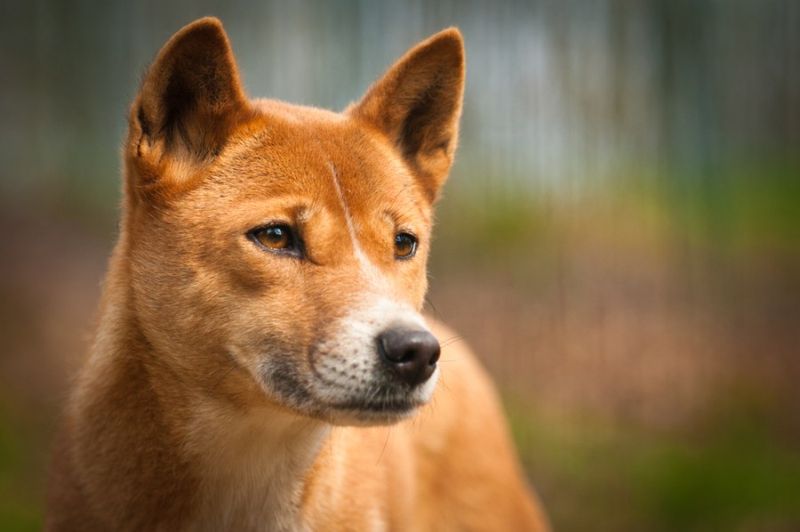
The dingo’s arrival in Australia is a tale wrapped in mystery and intrigue. Believed to have arrived approximately 4,000 years ago, theories suggest they accompanied seafarers from Southeast Asia.
This migration marks a significant point in history, intertwining human and canine destinies. Their integration into Aboriginal life is profound, serving as hunting companions and spiritual symbols.
The dingo’s journey not only reflects a migration tale but also highlights the animal’s vital role in Australia’s cultural tapestry. This ancient bond between humans and dingoes continues to shape modern understanding.
Social Dynamics and Hierarchies

Within dingo packs, social structures are both complex and fascinating. Each pack operates under a strict hierarchy, with alpha pairs leading the group. These dynamics dictate feeding, breeding, and territorial disputes.
Observing a pack reveals a world of communication through vocalizations, body language, and facial expressions. Interestingly, these social bonds mirror those of wolves more closely than domestic dogs. The intricate relationships within a pack highlight the dingo’s intelligence and adaptability.
By studying these dynamics, insights are gained into canine behavior and evolutionary biology.
Dingo’s Genetic Secrets
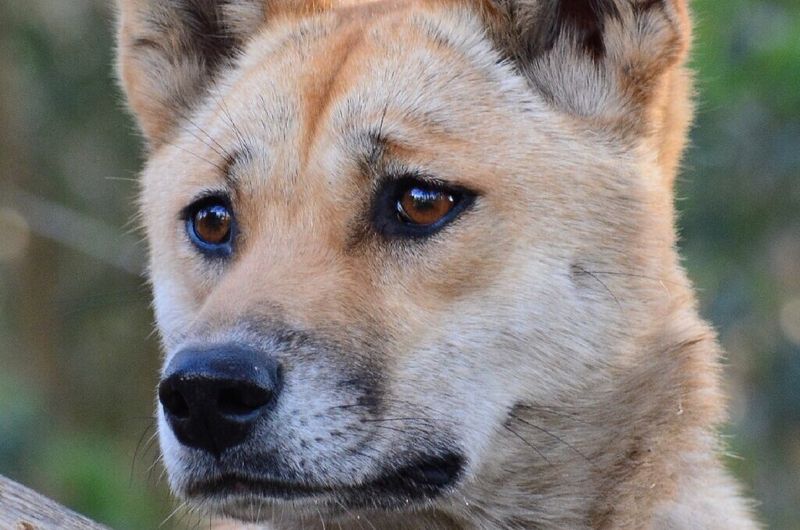
Peering into the eyes of a dingo feels like gazing back in time. These creatures, with their sleek golden coats, may hold genetic secrets that blur the line between wild and domestic canines.
Recent studies reveal that dingoes share a significant genetic overlap with domestic dogs, yet maintain distinct differences. Unlike their domesticated cousins, dingoes have not been bred extensively by humans. This genetic purity makes them a unique subject of study.
Understanding their genome could unlock the secrets of canine evolution and adaptation in Australia’s harsh environment.
Cultural Significance of Dingoes
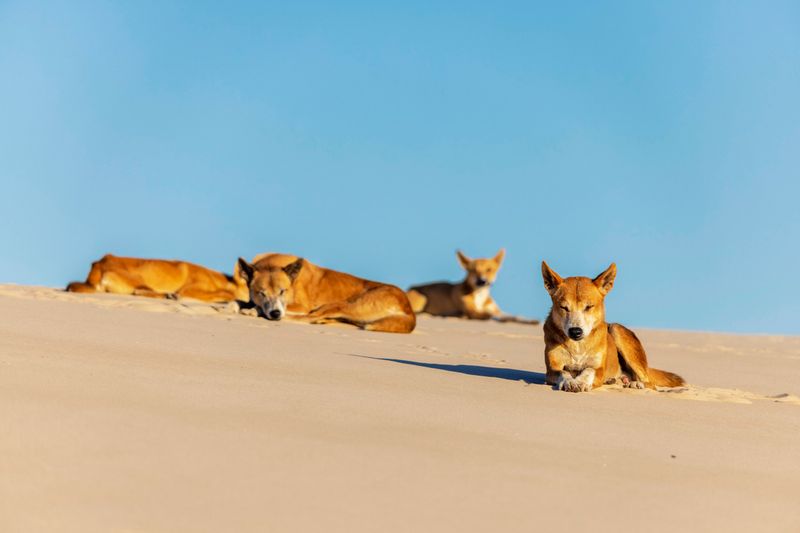
In the tapestry of Aboriginal culture, the dingo holds a revered place. It’s not just an animal; it’s a symbol woven into stories, songs, and art. Indigenous Australians have coexisted with dingoes for thousands of years, seeing them as both companions and spiritual entities.
This deep connection is evident in traditional ceremonies and folklore. Dingoes are often seen as protectors and guides, their presence believed to signify strength and survival.
Through understanding this bond, we gain insight into the profound relationship between humans and nature in Australia’s history.
Dingo’s Unique Vocalizations
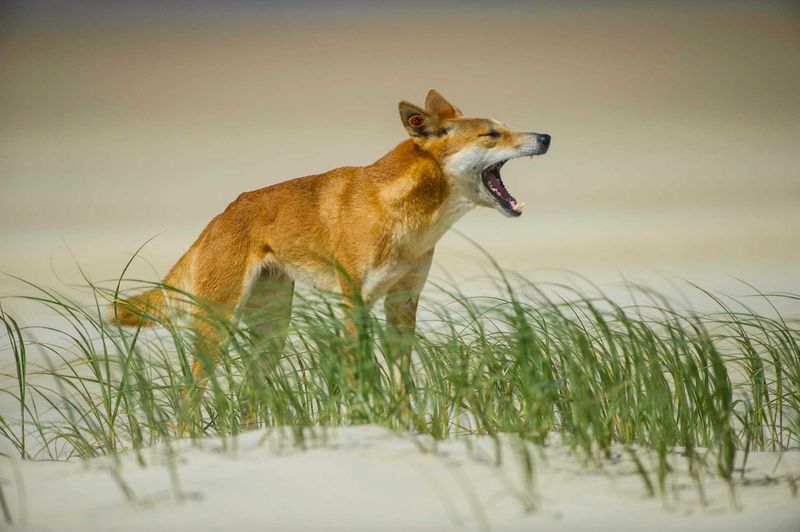
A dingo’s howl is unlike any other canine sound. Their vocalizations range from haunting howls to unique chatters, each carrying distinct meanings. Researchers have noted that dingoes use these sounds to communicate over vast distances, a necessary adaptation in the expansive Australian outback.
These vocal abilities are not just for communication but serve as vital tools in hunting and social bonding. The dingo’s voice is an integral part of its identity, echoing through the wild landscapes.
Its song is a testament to the dingo’s adaptability and intelligence.
Dingoes in Ecosystem Balance

As apex predators, dingoes play a crucial role in maintaining ecological balance. They help control populations of smaller mammals, which in turn affects vegetation and the entire food web.
Their presence can prevent overgrazing and promote biodiversity. However, their role is contentious, with debates on their impact on livestock and native species.
Despite this, studies indicate that dingoes contribute positively to ecosystem health, showcasing nature’s intricate balance. Understanding their ecological role can foster coexistence strategies between humans and wildlife.
Dingo vs. Domestic Dog
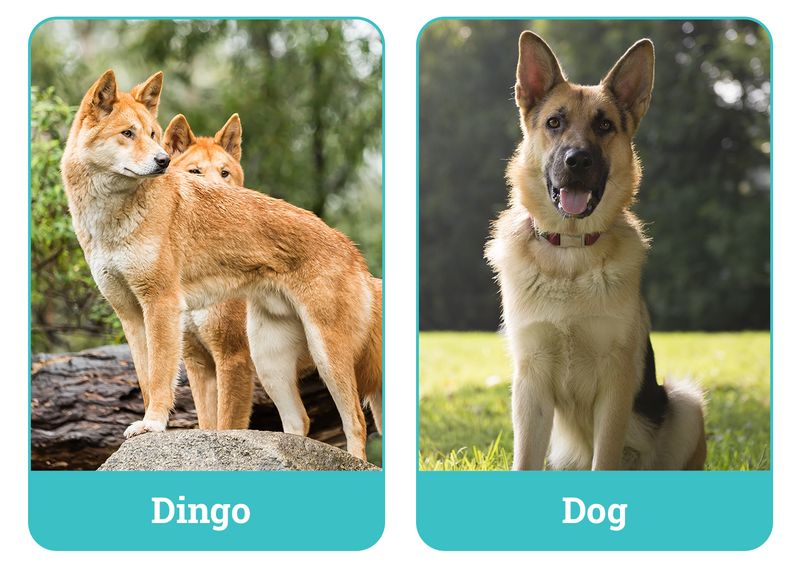
At first glance, a dingo may resemble a domestic dog, yet they are strikingly different. With a leaner build and larger canine teeth, dingoes are adapted for survival in the wild. Their independent nature contrasts with the loyalty often seen in domestic breeds.
While domestic dogs have been shaped by human needs, dingoes remain true to their wild roots. This difference is not just physical but behavioral, reflecting their evolution in Australia’s tough environments.
Observing these contrasts highlights the fascinating divergence within the canine family.
Conservation Challenges

The conservation of dingoes poses unique challenges. As wild canines, they face threats from habitat destruction, hunting, and hybridization with domestic dogs. These factors jeopardize their genetic integrity and survival.
Efforts to protect dingoes include breeding programs and habitat restoration projects. However, balancing conservation with the interests of farmers and local communities remains complex.
Advocating for dingoes requires a nuanced approach that respects both ecological and human dimensions. Through understanding and dialogue, effective conservation strategies can be developed.
Dingoes and Human Interaction
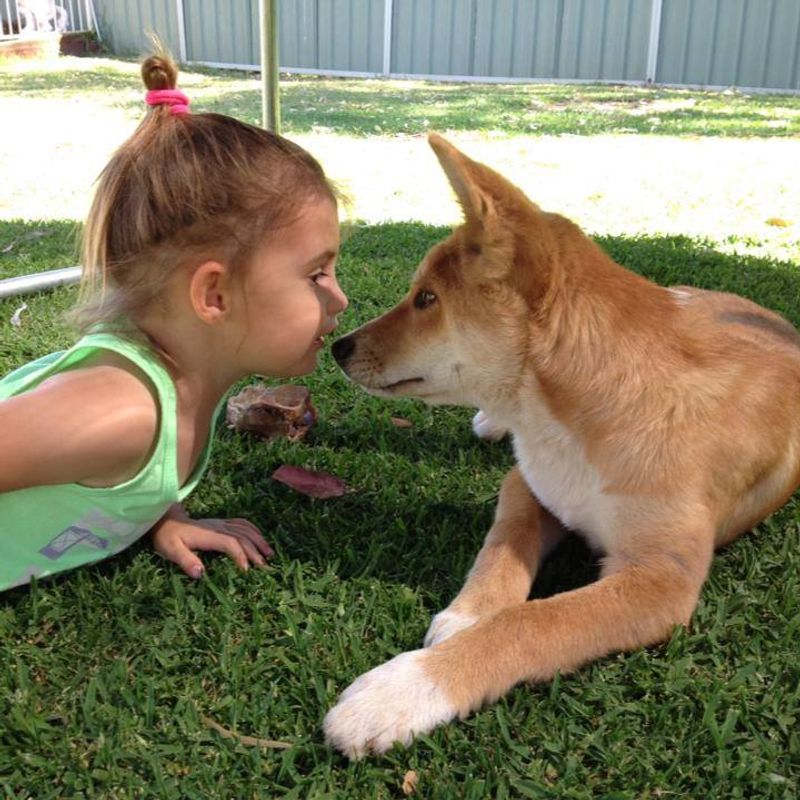
The encounter between humans and dingoes is a dance of curiosity and caution. In regions where they roam freely, dingoes often intrigue locals and tourists alike.
These interactions can range from peaceful observations to conflicts, especially in areas where food is accessible. Education and awareness are key to fostering harmonious coexistence. Understanding dingo behavior helps mitigate negative encounters, ensuring safety for both humans and animals.
By promoting respect and knowledge, the delicate balance of sharing landscapes with these iconic creatures can be maintained.

